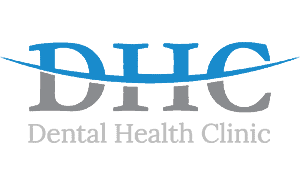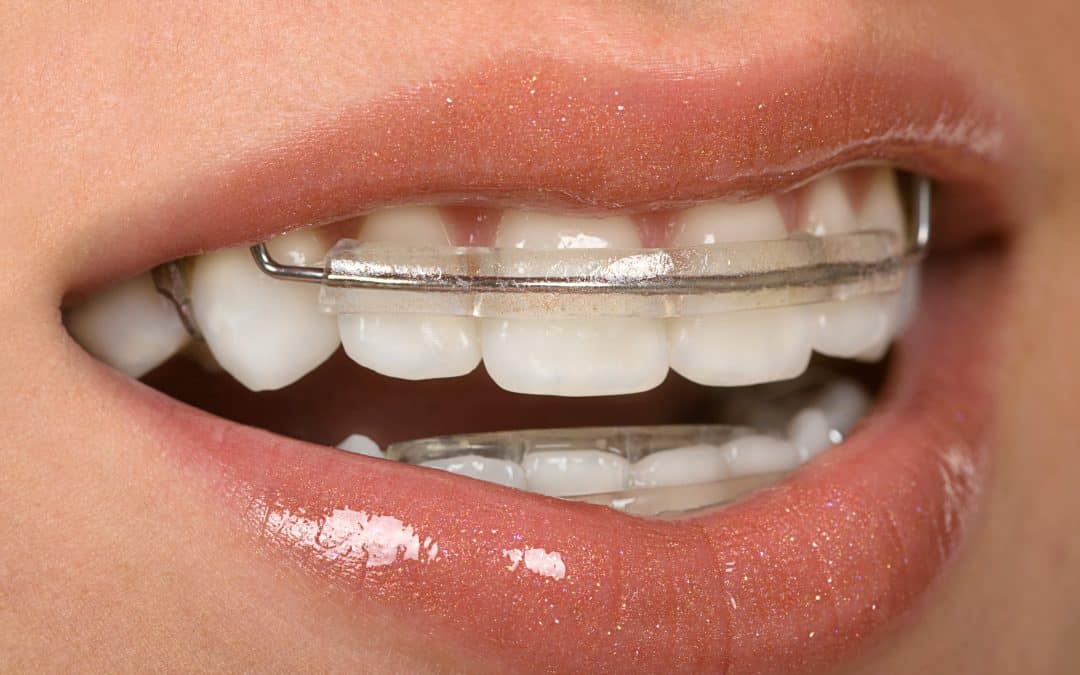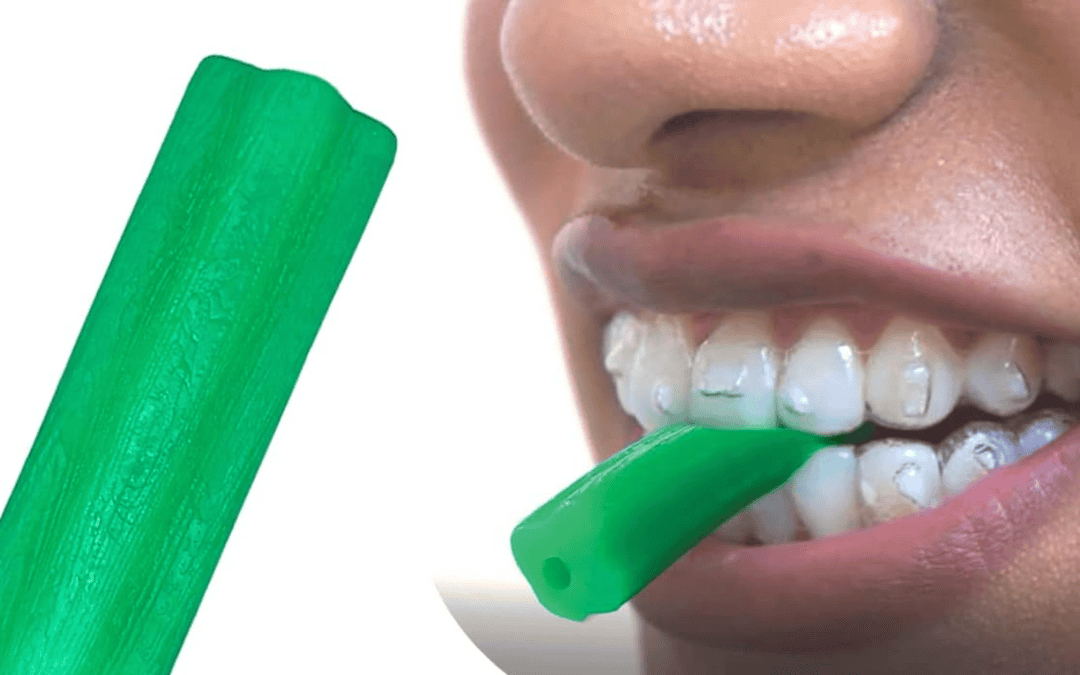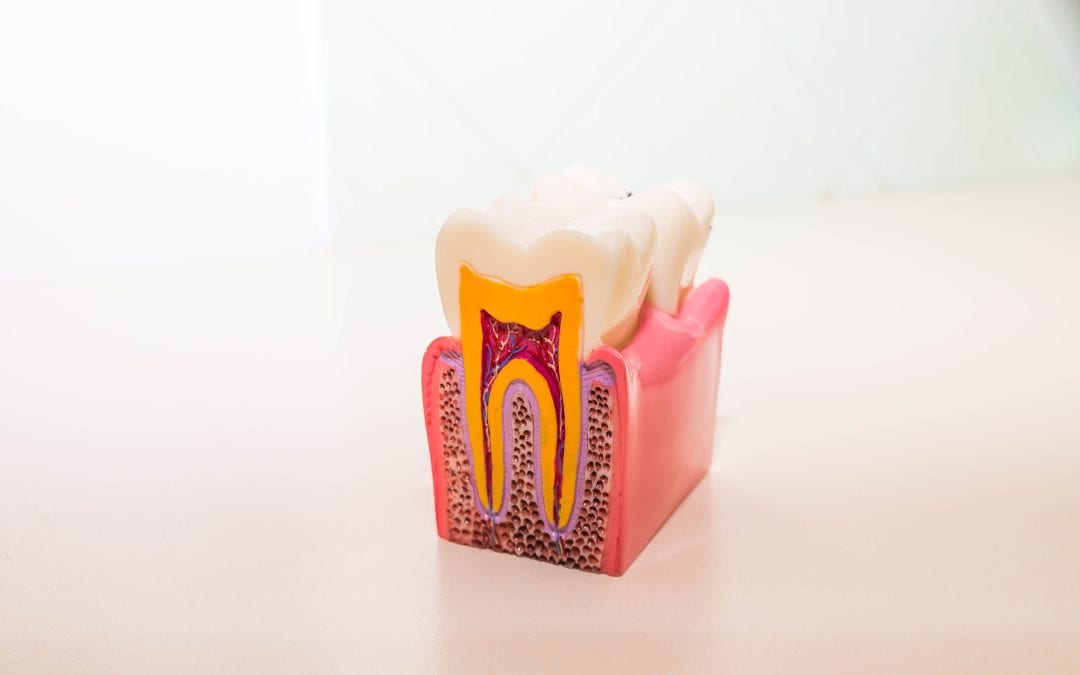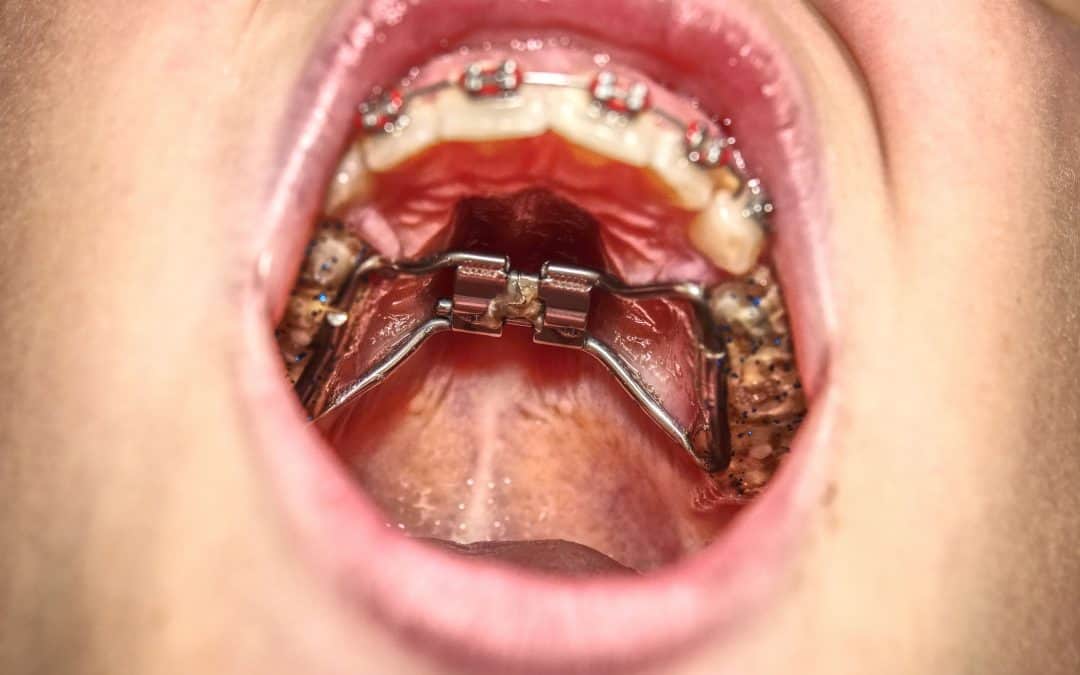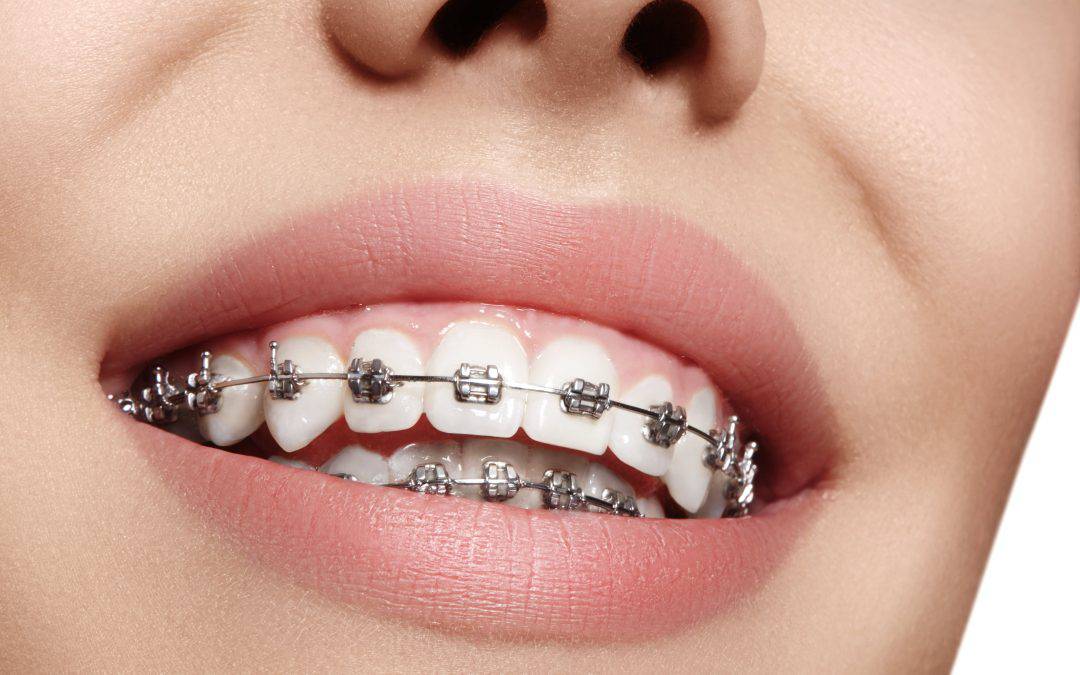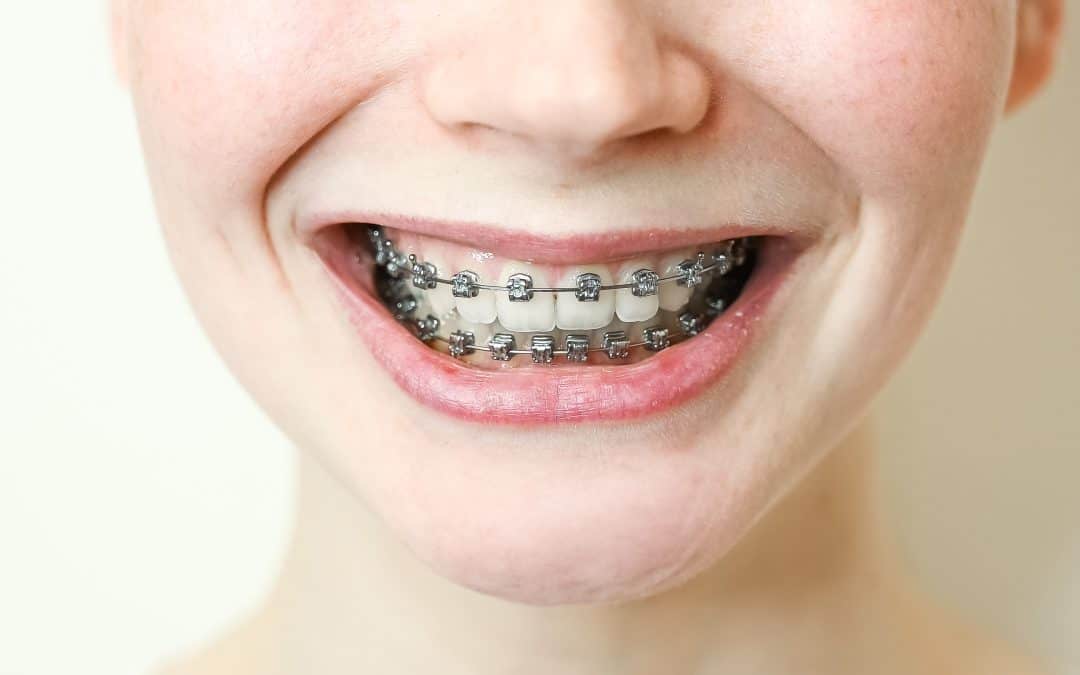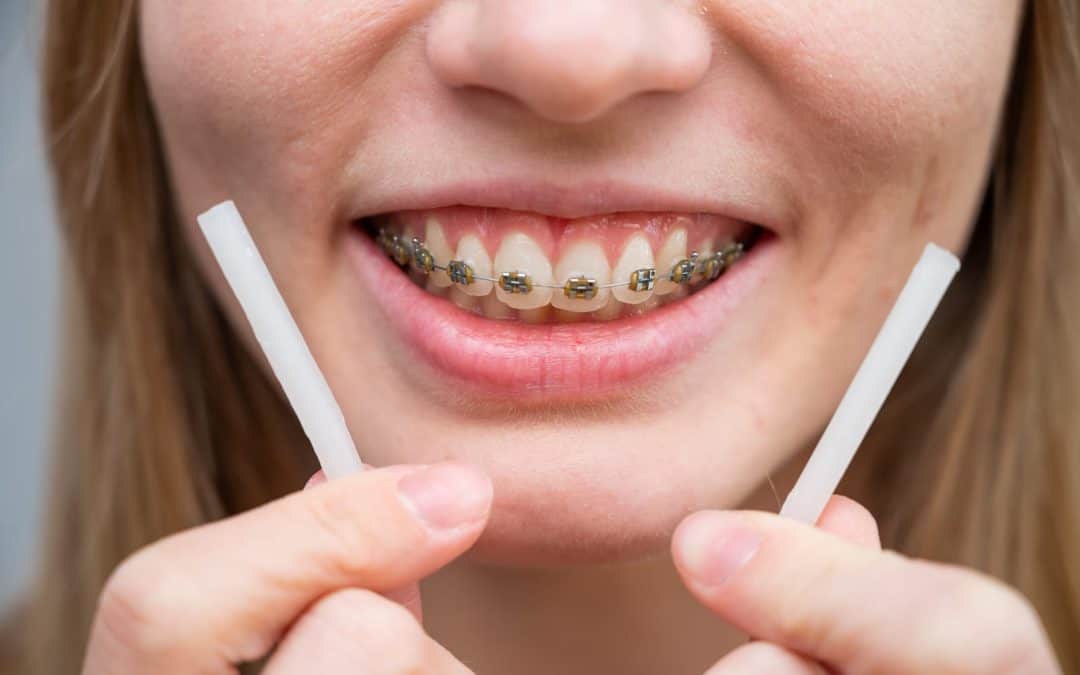The world of orthodontics has drastically changed over the past 10 years. Braces used to be larger and included excess parts such as head-gear; uncomfortable causing cuts in the cheeks and gums, and requires more frequent appointments to the orthodontist. Do you remember seeing these types of orthodontic tools in movies? I do. Due to the evolution of technology, orthodontic services have advanced to produce quicker results that are aesthetically pleasing and more convenient to endure.
At the Dental Health Clinic, we have implemented the latest technology for braces. Because we know how important time is for our patients and we want to offer them the best possible service, quality, and results for their investment, their oral health and smile.
Some of the innovative technology that has pushed for more efficient treatment in orthodontics includes: 3D scanners, arch wires, and self-ligating braces. We’ve included all of these in our office for our patients. Let’s look at each one more closely.
The 3-D Intra-Oral Scanner
The future is literally here. What we used to imagine or see in movies is now a reality. The 3-D scanner allows for orthodontists to view three-dimensional images of the patient’s entire skull, jaw, and oral bone structure. This allows for a more accurate identification of the patients’ symptoms, which allows for a quicker and more effective customized treatment plan. It also gives the orthodontist and the dentist the ability to review and change your treatment plan from the start, so we can save you time and offer the best possible results. Watch this video to see how 3D imaging changed the game for orthodontics.
This is an actual patients mouth and this is the simulation for this patient’s tooth movement. Crazy right?
The Wire
Not impressed yet? That’s okay, we have another upgrade to the services offered in orthodontics: arch wires (the material that makes up the wire component of braces). This innovative material is activated to apply pressure and take shape to shift teeth by coming into contact with heat from an individual’s mouth. Since these wires have the ability to move teeth, this allows for straightening in less time, which means fewer visits to the orthodontist. Yup, that’s right, you can have the same amount of treatment with fewer visits.
The Brackets
The final huge advancement in orthodontic service is self-ligating braces. These are different from conventional braces because they lack the need for ligatures (you might know them as those colourful elastics). Ligatures are the supportive rubber bands that bind the two major components of braces: the brackets and wires. The need for ligatures is replaced with special clips or brackets. This saves the amount of time spent in each orthodontic appointment. Rather than the orthodontist taking 30 minutes fiddling with elastics during your appointment, We have been able to cut this down to 15 minutes. The task of replacing ligatures in conventional braces is no longer required. Instead, a small adjustment is made to the special clip or brackets, which also reduces the discomfort during the orthodontic appointment.
Braces even look different
In terms of aesthetics, braces have come a long way. There are now several options to gain a less obvious, more aesthetically pleasing look. Metal braces have now advanced to having a smaller bracket size with thinner wires. For a less noticeable look, there are now clear ceramic braces, self-ligating braces in clear options, and Invisalign (Click here to see if Invisalign applies to you).
Since metal braces have smaller brackets and thinner wires, this makes them easier to clean and care for. There are also less restricted food choices as well.
At Dental Health Clinic, we stay on top of the latest trends and technology because we believe innovation means a better quality of life for everyone. With this tech, we can make the most precise predictions about your treatment plan. We want our patients to feel confident in themselves and their dental treatment team. After all, a smile can change everything.
_________________________________________________________________
Liked this article? Let us know! Click here to subscribe to our newsletters.
Schedule your next dental appointment now if you don’t already have one booked. Click here.
